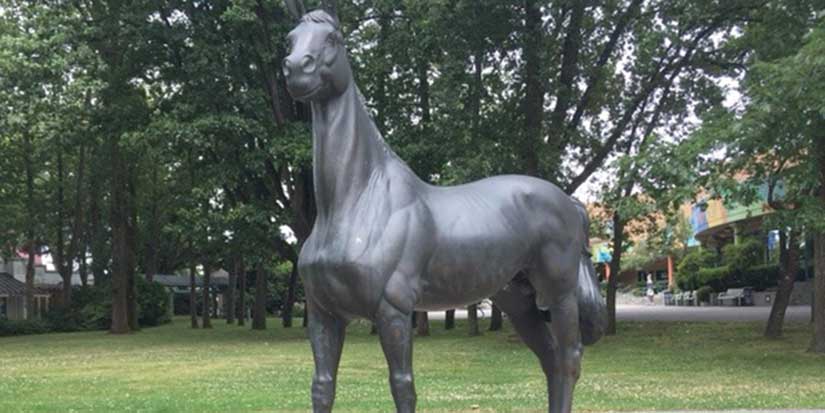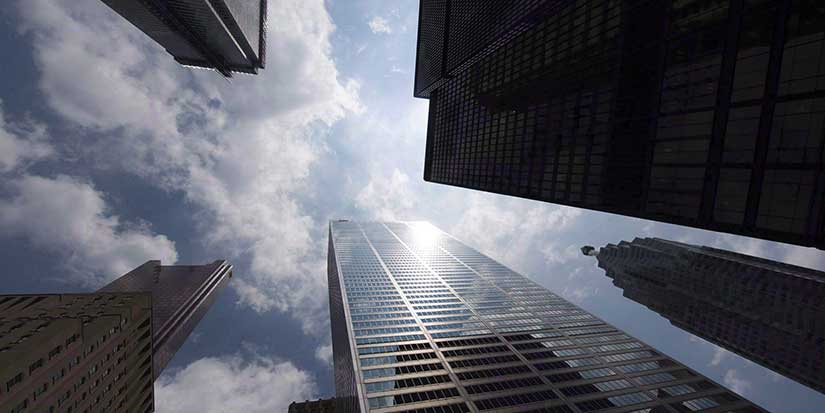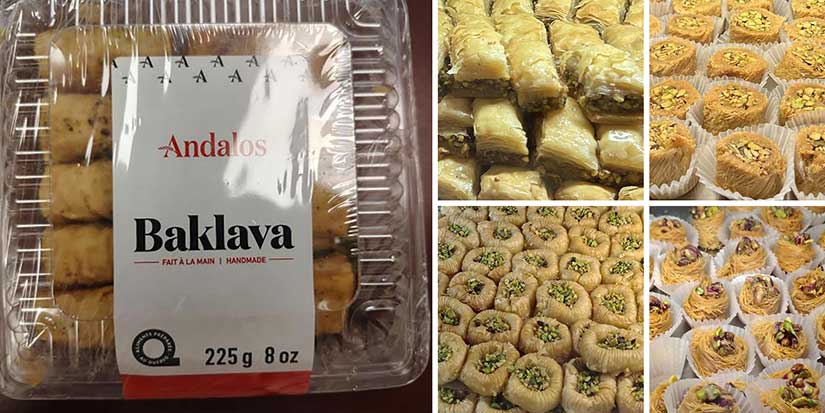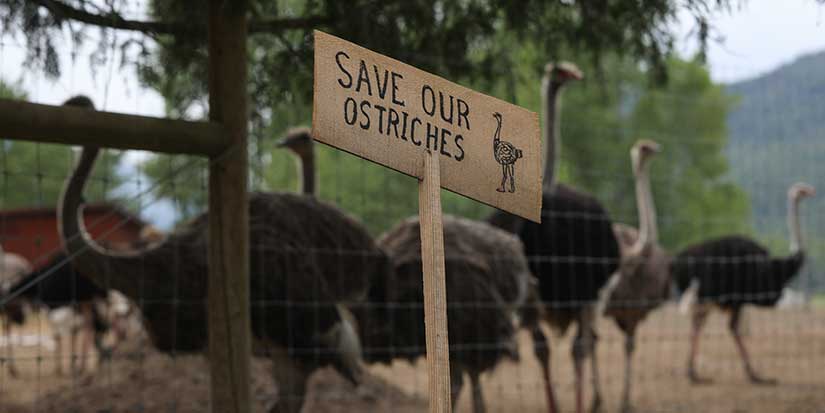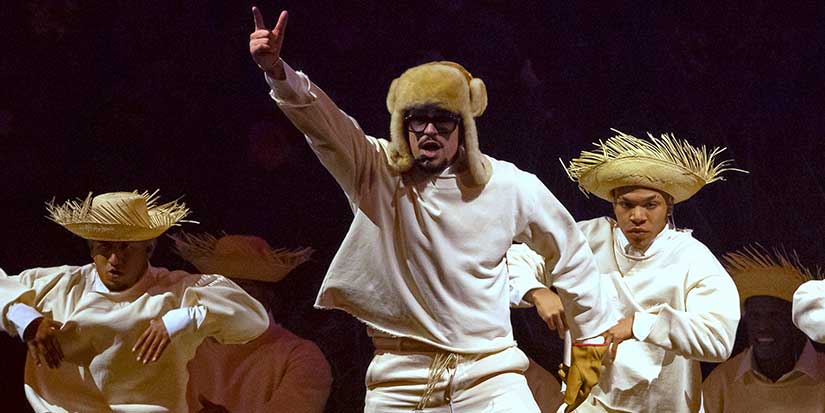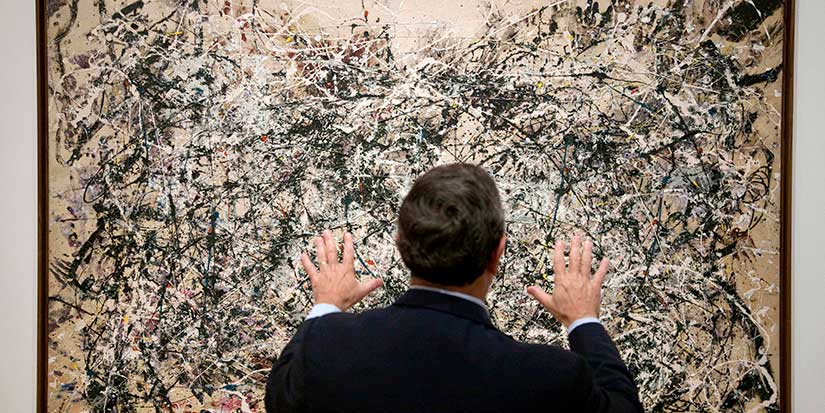Latest News
Popularity of horse racing gave Minoru its name
In the first of a series on the many features of Minoru Park, we share the story of an Irish-bred horse that became a legendary champion.
Golden Gate Park in San Francisco. Jardin du Luxembourg in Paris. Centennial Park in Sydney.
These are but three of the top city parks in the world, to which Richmondites would proudly add Minoru Park.
The green heart of the City Centre neighbourhood, the 18-hectare (45-acre) site is a sanctuary for locals—whether it’s refuge from the hustle and bustle of urban life or an opportunity to challenge themselves in an athletic pursuit.
Deriving its name from a race horse owned by King Edward VII, Minoru Park’s history is as colourful as the foliage that greets residents on a pleasant walk through its boundaries.
Richmond Archives, which has an extensive historical collection relating to the park, notes that the story of Minoru—the horse—begins in 1906 when Col. William Hal Walker, a wealthy Scotsman, decided to have a Japanese garden built at his Tully Stud estate near Kildare in Ireland. Walker called upon master horticulturalist Tassa Eida to design and build the gardens, which remain a popular tourist attraction to this day.
In appreciation of Eida’s superior work, Walker, a successful breeder of horses, named one of his colts Minoru after the youngest of Eida’s sons. In 1907 he leased six yearlings to King Edward VII, including Minoru, who enjoyed a winning career as a race horse capped by his victory at the 1909 Epsom Derby.
In addition to his victory at Epsom Downs, the Irish-bred and British-trained horse Minoru enjoyed considerable overall success before retiring to stud in 1910. He was exported to Russia and disappeared during the 1917 revolution.
Coinciding with the enormous popularity of horse racing at the time, Richmond businessmen Springer, Suckling, Lewis and Marpole were in the midst of building this township’s first thoroughbred in 1909 on land they had purchased from Samuel Brighouse. In just three months, a mile-long oval, grandstand, clubhouse and barns were completed at a cost of $75,000 ($2.2 million in 2021 dollars). And when it came time to choose a name for the new track, the group quickly settled on Minoru.
Opening day at Minoru Racetrack and Clubhouse was Aug. 21, 1909 and attracted 700 people.
Soon, the dirt track earned a reputation as one of the finest race tracks in North America—if not the best.
Closed from 1914 through 1920 during the First World War, the track reopened as Brighouse Park Racetrack and operated until 1941 when it closed permanently. It continued to be used for many more years as a training and boarding facility however.
In 1945 the land was purchased by the British Columbia Turf and Country Club, and in 1958 was sold to the City of Richmond re-adopting its original Minoru moniker in 1960.
In 1962, the city purchased the Brighouse Estate properties which enabled the footprint of the park to expand considerably to its present-day size.
In 2009, to commemorate the 100th anniversary of the opening of Minoru Park, a life-sized bronze statue of the legendary race horse was unveiled near the Richmond Cultural Centre on the southeast side of the park. Created by artist Sergei Traschenko and donated to the city by the Milan and Maureen Ilich Foundation, the statue is dedicated to the spirit of Richmond’s early pioneers as well as to the men and women of the early thoroughbred racing industry.
